In the process of cooking, it can happen to anyone to burn the cooked dish. Apart from spoiling the taste of the food in most cases, one of the most unpleasant moments is cleaning the cookware.
When it comes to an enamel pot, baking pan or pan, then we have an even bigger problem. Since delicate enamel does not tolerate the use of abrasive materials and preparations, it is quite difficult to return the cookware to its former white appearance.
Experienced cooks should know what measures should be taken to clean burnt enamelware without damaging the integrity of their surface.
Products for cleaning enamelware
If, as a result of the careless attitude towards the cooking process, carbon deposits have formed on the enamel surface inside the cookware, the following means will help to remove them:
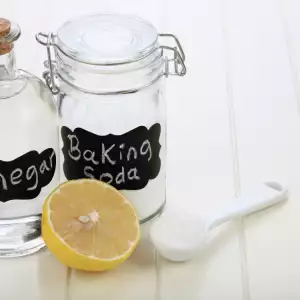
- Salt;
- Baking soda;
- Vinegar;
- Activated carbon;
- Citric acid;
- Lots of sour fruit;
- Yogurt.
Each of these means can be found in the kitchen. Depending on the nature of the burn on the enamel surface you should choose the most suitable product.
What should not be used to clean enamelware?
- Metal sponges and wire brushes for dishes;
- Coarse brushes;
- Cleaning preparations with coarse abrasives;
- Knives and other sharp objects.
How to clean enamelware?
Surely there are a few tablespoons of salt in every kitchen. As practice shows, this is the best means of cleaning burnt from the surface of an enameled cookware. You should use the salt in the following way:
- Sprinkle plenty of coarse kitchen salt on the burnt and yellow areas;
- Pour some warm water on top;
- Leave the container with this solution for 3-4 hours;
- After the specified time, place the container under running hot water and carefully remove the carbon deposits with a soft sponge.
If, even after these actions, yellow spots and traces of burnt food remain on the bottom of the vessel, you can again pour a little salt and pour water and boil the resulting solution. It is important to boil on low heat for half an hour. This method will clean the cookware of any unclean areas.
If the salt did not help you clean the cookware well, there is another more effective method - the use of vinegar. To clean the vessel, you must pour enough vinegar into the dirty cookware to cover the entire burnt area. Leave the cookware for 3-4 hours. During this time, food residues will easily peel off the surface. To clean it very well, pour the vinegar out of the cookware and wash it as usual with detergent.
Still can't get rid of carbon deposits? You can try a second option. Pour 200 g of water and 20-40 g of vinegar into the burnt enamelware. Place it on low heat and boil the water-vinegar solution for a few minutes. After turning off the heat, wait for the enamelware to cool down and remove the burnt food residue, by using a soft cloth.
If you don't have vinegar on hand, you can use lemon juice obtained from 1-2 fruit. Keep in mind that natural sour juice is much more effective than any other solution. You should soak the burnt cookware with a solution of citric acid and water or with lemon juice.
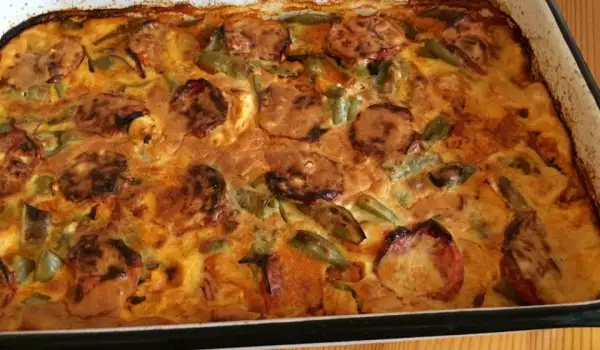
Baking soda is a safe and effective way to remove burnt food from enamel surfaces and remove the yellow color. You should use it like this:
- Pour 1 liter of cold water into the burnt cookware;
- Pour 150-200 g of soda;
- Boil the solution;
- Cook the mixture over low heat for 40-60 minutes;
- After turning off the stove, leave the cookware with the liquid to cool for several hours;
- Then pour out the water and rinse it with running water.
For very stubborn burnt spots, you can combine baking soda with vinegar. Sprinkle the burned areas liberally with baking soda and spray vinegar on top, so that the baking soda "bubbles." Leave the cookware to soak for 10-15 minutes, then wash with water and a soft sponge.
Tablets with activated carbon will help you get rid of the burnt spots on enamelware and wash them. Grind the required amount and sprinkle the resulting powder with the carbon deposits. You need to leave it for 30 minutes, then pour cold water and leave it for another hour. After that, the enamelware can be easily cleaned. Similarly, you can also use coffee grounds or cover the burnt areas with yogurt and leave it to soak.
Useful tips for cleaning enamelware
To keep the enamelware inside clean and shiny, follow these tips:
- Pour water into the new cookware with an enamel surface and boil it. You should not pour the water immediately. To harden the enamel, the boiled water must cool completely;
- Do not place an empty enamel pot on the stove or a tray in the oven;
- Do not pour cold liquids in a hot cookware and vice versa;
- Do not place a large pot or pan on a small hob;
- Protect the enamelware from mechanical damage, in the event of a fall or impact, a piece of the enamel may break off and the cookware may become unusable;
- Do not use metal utensils when working with enamelware, so that you don't provoke scratches and cracks on the enamel;
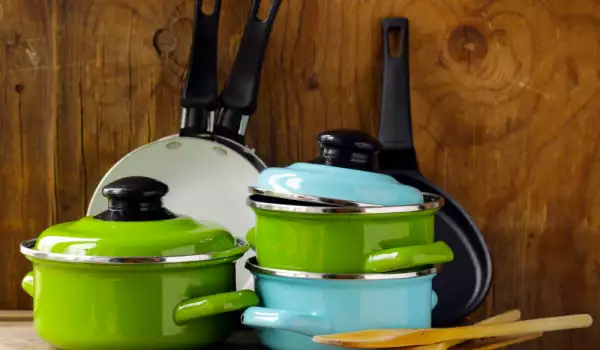
- Do not leave burnt enamelware for a long time without soaking and cleaning, later on cleaning may be impossible.
As practice shows, cleaning enamelware from limescale and carbon deposits is not difficult. By using handy tools, which are found in every kitchen, you can easily restore the cleanliness of the dishes.
In order to preserve strength and extend their service life, it is recommended to follow the rules for enamelware use. Careful use and cleaning will keep the enamel clean and strong for a long time.
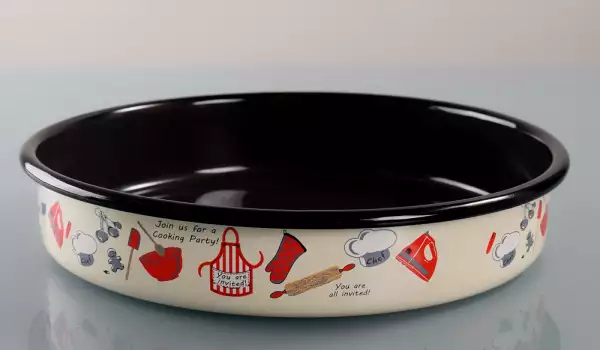

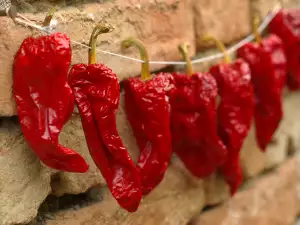



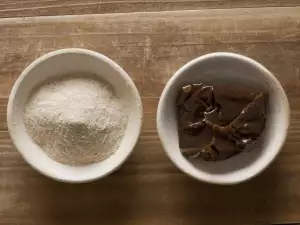

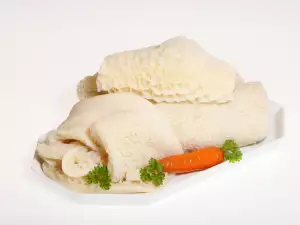

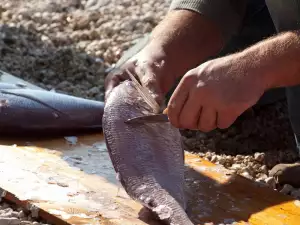


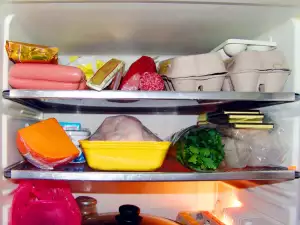

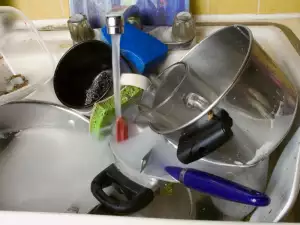




Comments